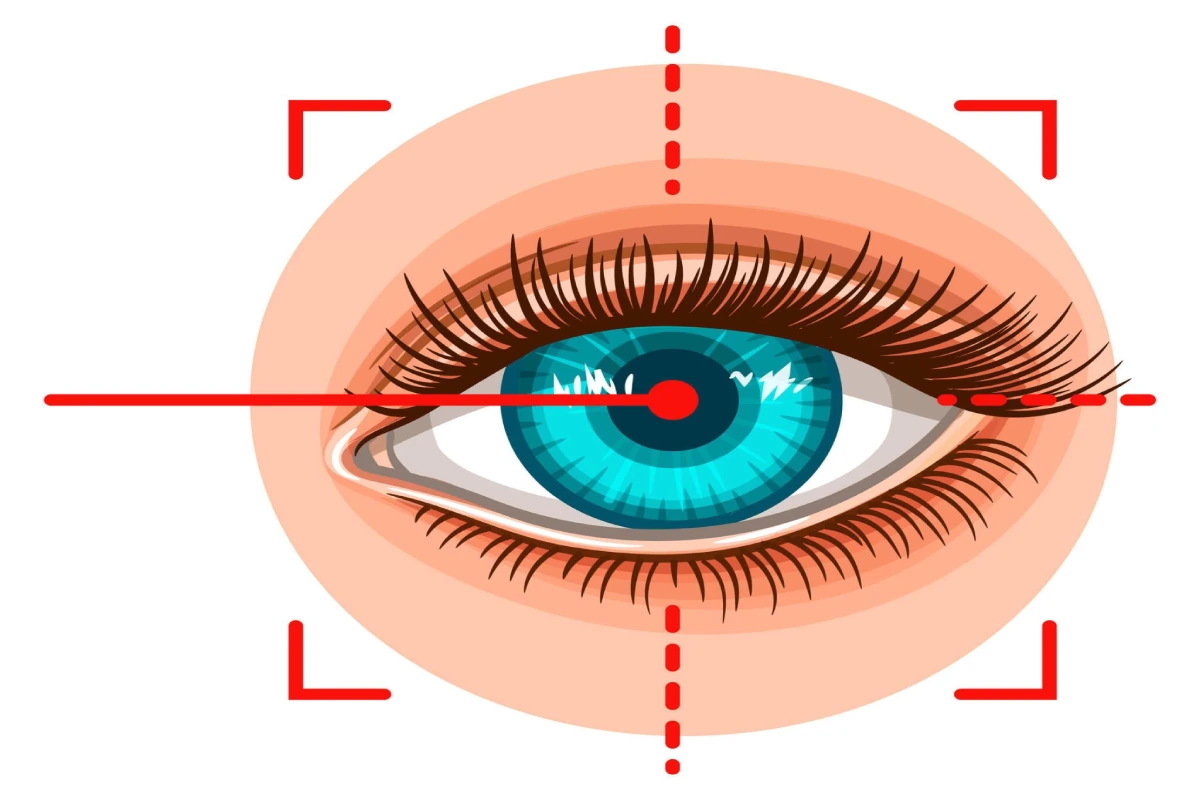In the pursuit of a more youthful and refreshed appearance, many individuals turn to cosmetic procedures to enhance their features. Eyelid surgery, also known as blepharoplasty, is a popular cosmetic surgery with over 115,000 eyelid surgeries performed in 2022. This procedure focuses on rejuvenating the eyes by addressing concerns such as sagging eyelids, excess skin, and fat deposits. This article provides a comprehensive guide to eyelid surgery, covering everything from suitable candidates and the procedure itself to recovery and expected results.
What Is Eyelid Surgery?
Eyelid surgery, also called blepharoplasty, is a cosmetic procedure designed to improve the appearance of the upper and/or lower eyelids. As individuals age, the skin around the eyes tends to lose its elasticity, leading to sagging eyelids and the development of under-eye bags. Factors such as genetics, sun exposure, and lifestyle choices can contribute to the premature aging of the eyes.
Candidates for Eyelid Surgery
Eyelid surgery is not limited to any specific age group, as candidates can range from individuals in their 30s to those in their 70s or older. The ideal candidates for eyelid surgery typically exhibit one or more of the following concerns:
- Sagging or drooping upper eyelids: Excess skin on the upper eyelids can impair vision and create a tired or aged appearance.
- Puffy bags under the eyes: Accumulation of fat deposits beneath the eyes can create a tired and aged appearance.
- Excess skin and fine lines around the eyes: Wrinkles and fine lines around the eyes, commonly known as crow’s feet, can be addressed with eyelid surgery.
- Impaired peripheral vision: Sagging upper eyelids can obstruct the field of vision, impacting daily activities.
- General dissatisfaction with eye appearance: Individuals who are unhappy with the aesthetics of their eyes and seek a more youthful look may also opt for eyelid surgery.
The Eyelid Surgery Procedure
Eyelid surgery is typically performed on an outpatient basis and can be done under local or general anesthesia, depending on the extent of the surgery. The procedure involves the following steps:
- Incision Placement: The surgeon carefully places incisions in the natural creases of the upper eyelids or just below the lash line for lower eyelids, ensuring that scars are well hidden.
- Tissue Removal and Repositioning: Excess skin, muscle, and fat are removed or repositioned to create a smoother and more youthful contour.
- Closure: The incisions are meticulously closed with fine sutures or adhesive to minimize scarring.
For patients requiring both upper and lower eyelid surgery, the surgeon may perform the procedures concurrently or suggest a staged approach, depending on individual needs.
Recovery from Eyelid Surgery
Recovery from eyelid surgery varies among individuals, but there are general guidelines to follow:
- Initial Healing: Swelling and bruising are common in the first few days after surgery. Cold compresses and prescribed medications can help alleviate discomfort.
- Stitches Removal: If traditional stitches are used, they are typically removed within a week. If dissolvable stitches or adhesive is used, there may be no need for removal.
- Resuming Activities: Patients can usually return to light activities within a week, but they should avoid strenuous activities and exercises for several weeks or until cleared by their surgeon.
- Swelling and Bruising Subsidence: While initial swelling and bruising may subside within a week, residual swelling may persist for several weeks or months.
- Sun Protection: Sun protection is crucial during the recovery phase to prevent scarring and protect the delicate skin around the eyes.
Eyelid Surgery Results
The results of eyelid surgery are generally long-lasting, providing patients with a more youthful and refreshed appearance. As swelling and bruising subside, individuals can appreciate the improved contour of their eyelids. The final results become more apparent within a few months as any residual swelling resolves.
Eyelid Surgery FAQ
How much does eyelid surgery cost?
The cost of eyelid surgery varies depending on factors such as the surgeon’s experience, facility fees, and the extent of the procedure. On average, the cost can range from $3,000 to $7,000. The geographical location also plays a role. For example, the eyelid surgery cost in Santa Monica, CA, is generally less than in Beverly Hills or New York City.
What are the risks associated with eyelid surgery?
While eyelid surgery is generally safe, like any surgical procedure, it carries some risks. Potential risks include infection, bleeding, scarring, dry eyes, and temporary or permanent changes in sensation.
Are there non-surgical alternatives to eyelid surgery?
Non-surgical alternatives, such as injectables like Botox or dermal fillers, can address certain concerns like wrinkles and fine lines. However, these options may not provide the same comprehensive results as eyelid surgery.
Can eyelid surgery be combined with other procedures?
Yes, eyelid surgery can be combined with other facial rejuvenation procedures, such as a facelift or brow lift, for a more comprehensive approach to facial rejuvenation. Combining procedures can lead to a more harmonious and balanced result.
How long do the results of eyelid surgery last?
The results of eyelid surgery are long-lasting, and while the aging process continues, individuals can expect to enjoy the benefits of the procedure for many years. Maintaining a healthy lifestyle and protecting the skin from sun damage can contribute to prolonged results.
Eyelid surgery is a popular and effective cosmetic procedure that can enhance the appearance of the eyes, providing a more youthful and rejuvenated look. Understanding the candidacy criteria, the surgical procedure, the recovery process, and the expected results is crucial for individuals considering this cosmetic enhancement. By addressing commonly asked questions about eyelid surgery, individuals can make informed decisions about whether this procedure is the right choice for achieving their aesthetic goals. It is essential to consult with a qualified and experienced plastic surgeon to determine the most suitable approach for individual needs and expectations.


